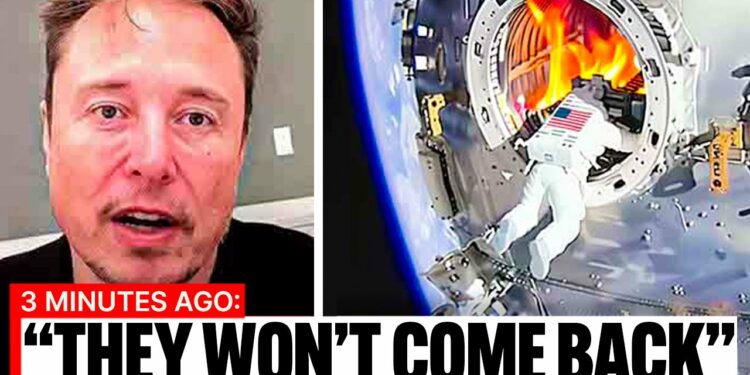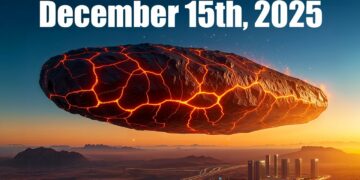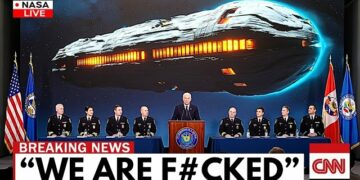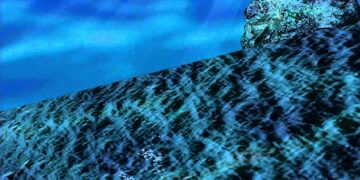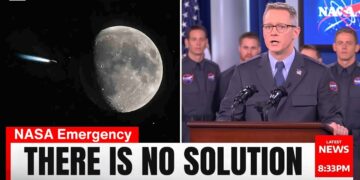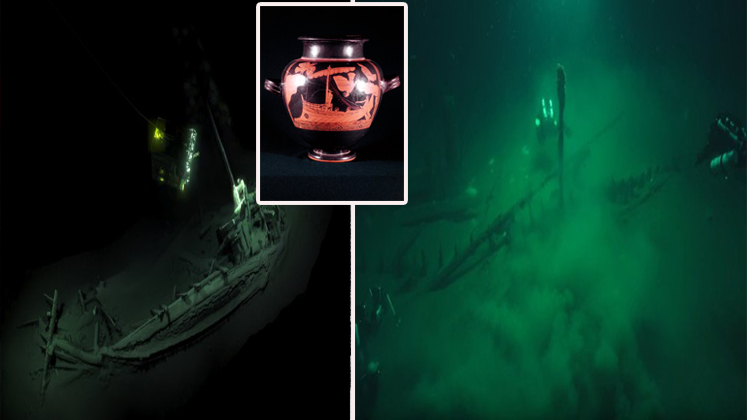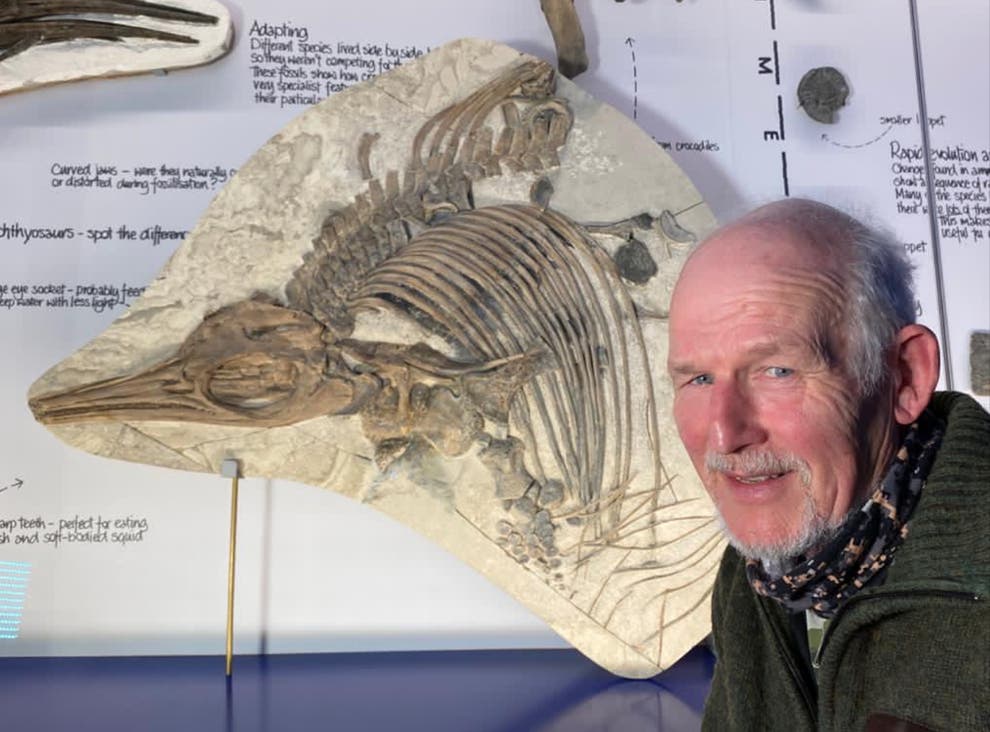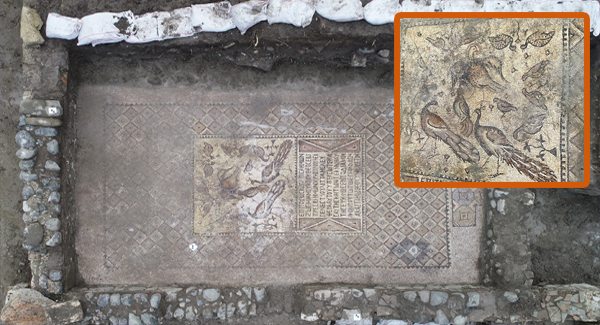In a dramatic turn of events, two astronauts, Sunita Williams and Butch Wilmore, launched aboard Boeing’s Starliner spacecraft on June 5, 2024, for an intended 8-day mission to the International Space Station (ISS). Technical issues have left them stranded, potentially until February 2025, as NASA opts for a SpaceX rescue mission. This saga, marked by Boeing’s struggles and SpaceX’s dominance, highlights a critical moment for the future of American spaceflight.
The Rise of SpaceX and Boeing’s Struggles
In August 2024, Elon Musk tweeted a subtle jab at Boeing, suggesting that aircraft companies won’t dominate the space industry, much like carmakers don’t rule aviation. His words followed NASA’s decision to return astronauts Williams and Wilmore via SpaceX’s Crew Dragon instead of Boeing’s Starliner due to safety concerns. Musk noted that without SpaceX, NASA might have relied on Russia, a significant setback for U.S. space ambitions.
The roots of this crisis trace back a decade. In 2014, NASA awarded contracts to Boeing ($4.2 billion) and SpaceX ($2.6 billion) to develop spacecraft for ISS missions, aiming to reduce reliance on Russia. SpaceX’s Crew Dragon has successfully completed seven crewed missions since 2020, while Boeing’s Starliner, known as the CST-100, has faced delays, cost overruns of $1.5 billion, and zero successful crewed flights.
The International Space Station
The ISS, a massive laboratory in low Earth orbit, is a collaboration among NASA, Roscosmos, ESA, JAXA, and CSA. The largest human-built structure in space, it hosts experiments in microgravity and space environments. Starliner, designed to carry up to seven astronauts (though NASA plans for four), features a reusable crew capsule and a disposable service module. It launches on an Atlas V N22 rocket from Cape Canaveral, Florida, and can remain docked to the ISS for up to seven months. However, persistent issues have plagued its development.
Starliner’s Troubled Journey
Boeing’s Starliner faced early setbacks. In December 2019, its first uncrewed test flight failed to dock with the ISS due to a timing error in its internal clock, causing incorrect maneuvers and fuel waste. NASA and Boeing identified 80 issues requiring fixes, delaying progress. A second uncrewed test in 2021 was postponed after engineers found corroded propulsion valves, pushing the launch to May 2022. This flight succeeded, docking with the ISS and returning safely, raising hopes for a crewed mission.
In 2023, new issues emerged, including a flammable tape used in wiring insulation and the need for additional parachute testing, further delaying the crewed flight. By spring 2024, Boeing seemed to have resolved these problems, scheduling the crewed test for May 6, 2024, with veteran astronauts Butch Wilmore and Sunita Williams.
The Astronauts
-
Butch Wilmore: A former Navy pilot with Gulf War combat experience, Wilmore became an astronaut in 2000. He visited the ISS in 2009 aboard Shuttle Atlantis and in 2014 via a Russian Soyuz, completing four spacewalks during a six-month mission.
-
Sunita Williams: The first woman to test-pilot a new spacecraft, Williams served in a Navy helicopter squadron during the Gulf War buildup. Selected by NASA in 1998, she spent six months on the ISS in 2006 and later commanded a mission, adapting to an extended stay after a shuttle issue.
A Rocky Launch and Persistent Issues
The May 6, 2024, launch was canceled due to an oxygen relief valve issue on the Atlas V rocket. A helium leak in Starliner’s control thrusters delayed the next attempt to June 1, but a backup computer failure halted the countdown just minutes before liftoff. On June 5, Starliner finally launched successfully, carrying Wilmore and Williams to the ISS.
However, new problems surfaced. Four additional helium leaks appeared post-launch, and last-minute thruster failures nearly prevented docking on June 6. NASA grew concerned about Starliner’s reliability for a safe return, extending the astronauts’ stay. By June 22, the planned return was postponed, with Boeing claiming the spacecraft was safe but NASA remaining skeptical.
NASA’s Decision and Boeing’s Setback
On September 6, 2024, Starliner returned to Earth uncrewed, landing at White Sands Space Harbor, New Mexico, after a six-hour journey. Despite thruster issues during re-entry, it achieved a “bullseye landing” with parachutes and airbags. NASA’s Steve Stich called it a bittersweet success, emphasizing the decision to prioritize safety by not having the astronauts aboard.
NASA arranged for SpaceX to retrieve Wilmore and Williams in February 2025, extending their ISS stay to nearly eight months. This decision was a blow to Boeing, a long-time NASA partner, damaging its reputation amid other 2024 incidents, including a 737 Max blowout, a 787 Dreamliner nosedive, and the suspicious death of whistleblower John Barnett during a lawsuit against Boeing.
Life Aboard the ISS
Wilmore and Williams have adapted to their extended stay on the crowded ISS, which houses nine astronauts despite only six sleep chambers. Williams shares a crew alternate sleep accommodation, while Wilmore sleeps in a free-floating bag in JAXA’s Kibo module. Privacy is scarce, and noise-cancelling headphones with Earth sounds like rain help them rest. Their original tasks—testing Starliner’s systems—were completed early, so they now assist with experiments and maintenance, such as repairing a urine processing pump. A Northrop Grumman Cygnus resupply mission in August delivered 8,200 pounds of food, clothes, and essentials, boosting morale.
Strange Noises and Further Questions
On August 31, 2024, Wilmore reported a “weird pulsing sound, like a sonar ping” from Starliner’s speaker. NASA later attributed it to speaker feedback from the ISS-Starliner audio setup, claiming it stopped days later. This odd incident added to the unease surrounding Starliner’s reliability.
What’s Next for Starliner?
NASA chief Bill Nelson and Steve Stich expressed optimism about Starliner’s future, citing the September landing as a step toward future missions. However, fixing the thruster issues is complex, especially without the disposable service module for analysis. Repairs could take years, as seen with the three-year fix after the 2019 failure. Boeing faces stiff competition from SpaceX’s reliable Crew Dragon and a damaged reputation, with its space program’s future hanging in the balance.
Conclusion
The Starliner crisis underscores Boeing’s engineering and management challenges, contrasting with SpaceX’s success. For Wilmore and Williams, stranded but resilient, the extended ISS mission tests their adaptability. As Boeing works to restore trust and reliability, the stakes are high for its role in the competitive space race.

